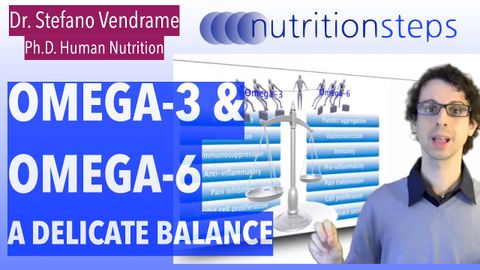
Subtitles & vocabulary
Nutrition Steps 5.7 - The omega-3 / omega-6 balance
00
陳秋汝 posted on 2016/05/24Save
Video vocabulary
immune
US /ɪˈmjoon/
・
UK /ɪˈmju:n/
- Adjective
- Having a special protection from, e.g. the law
- Protected against a particular disease or condition because of antibodies or vaccination.
B1
More risk
US /rɪsk/
・
UK /rɪsk/
- Verb (Transitive/Intransitive)
- To do something potentially dangerous or foolish
- Noun
- Actions that cause potential problems
A1
More heart
US /hɑrt/
・
UK /hɑ:t/
- Noun (Countable/Uncountable)
- A feeling of care for others; compassion
- Courage, confidence, and emotional strength
A1
More pain
US /pen/
・
UK /peɪn/
- Noun (Countable/Uncountable)
- Strong feeling of hurt or discomfort
- Mental or emotional suffering or distress.
- Transitive Verb
- To cause someone to feel upset or worry
A1
More Use Energy
Unlock All Vocabulary
Unlock pronunciation, explanations, and filters
